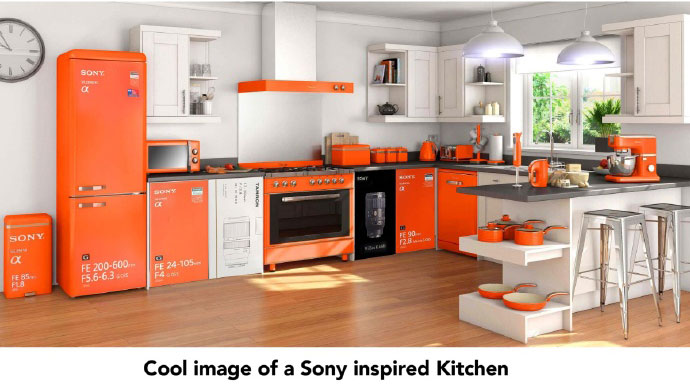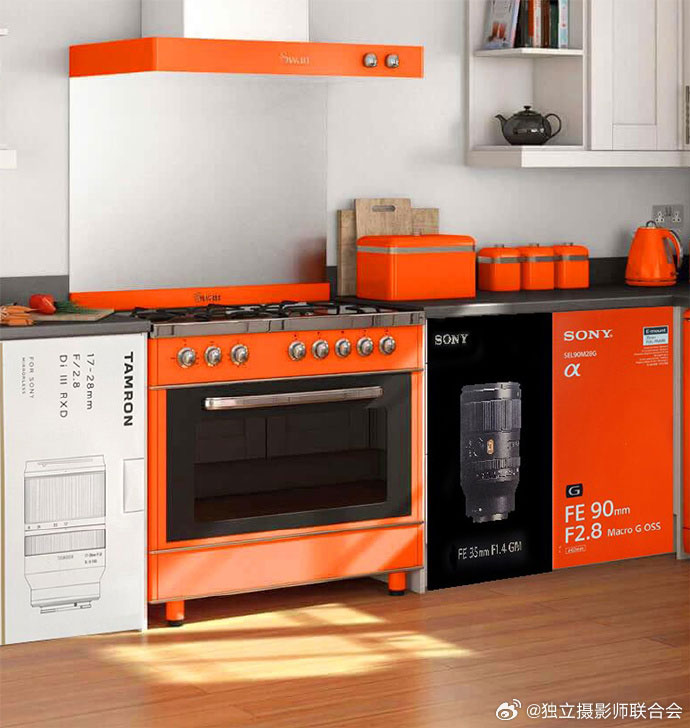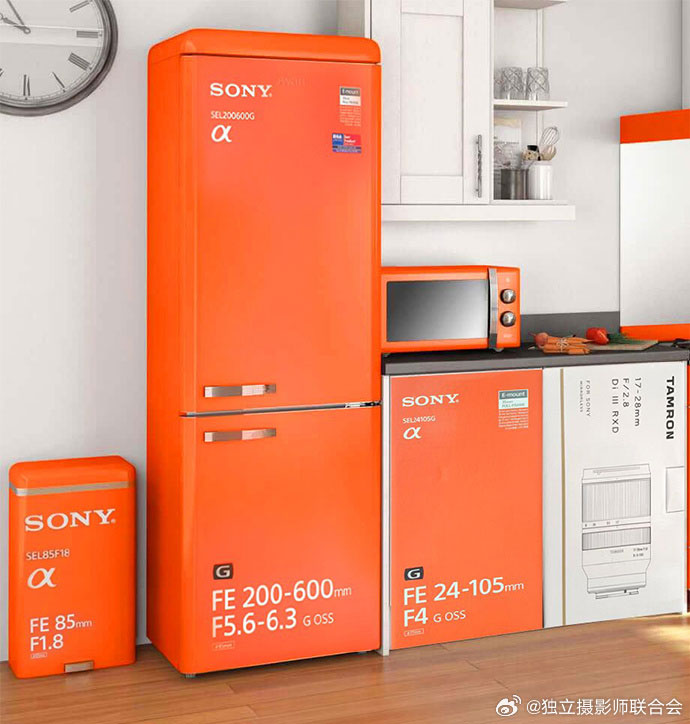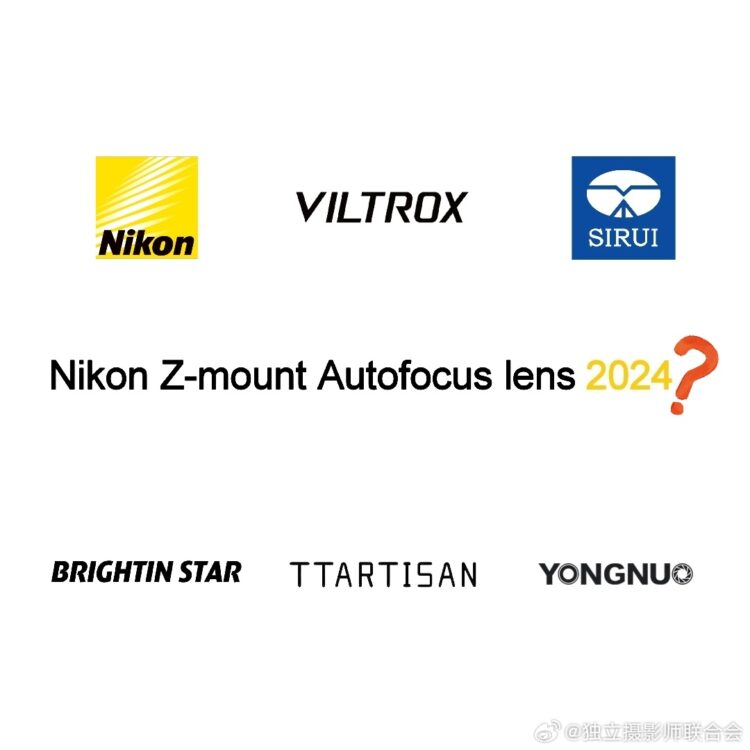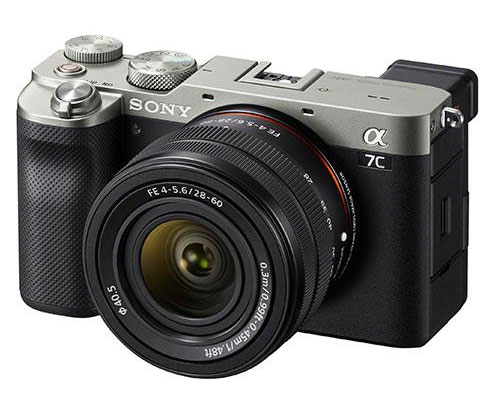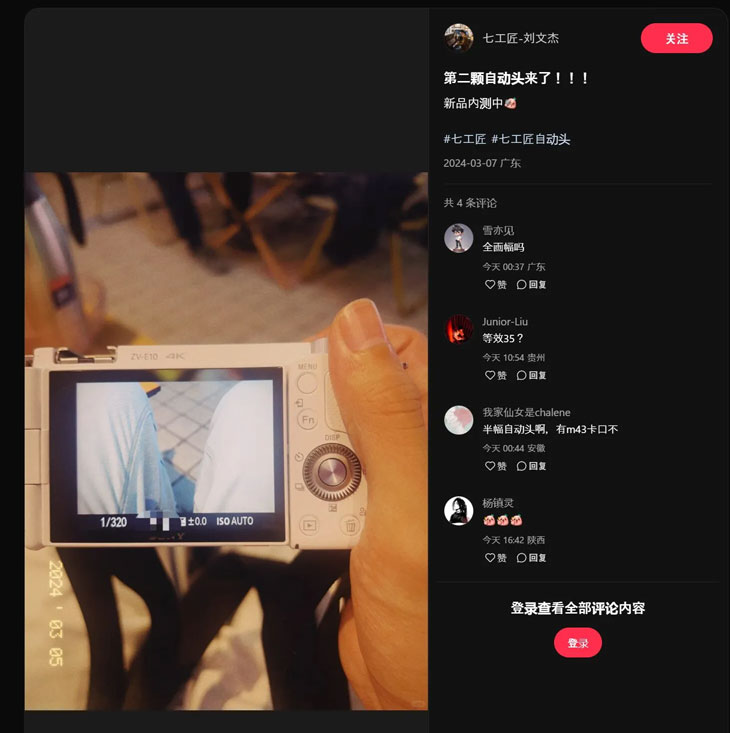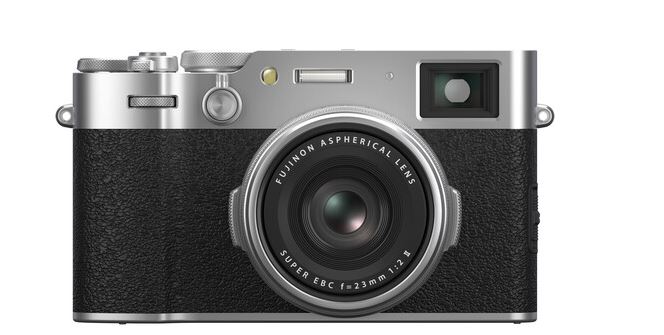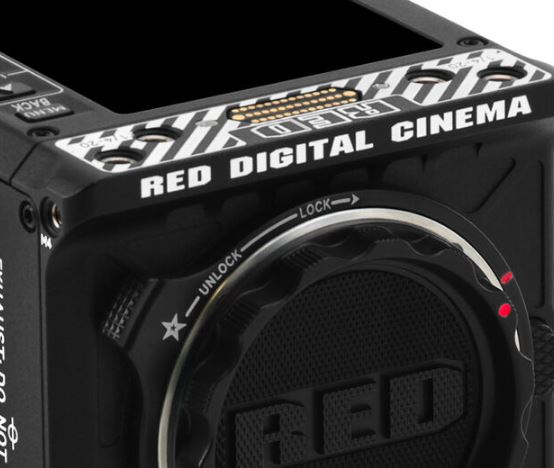
Leica today announced the Leica SL3 camera with a 60 MP full-frame sensor, ISO ranges from 50 to 100,000, to get ultra-clear lowlight shots with the camera. Video recording capability of recording 8K video at 30 frames per second (fps). On-sensor hybrid phase-detect autofocus system with 215 AF zones as well as 5-axis IBIS system on the board. Take a look at the Major specifications of the camera.
Leica SL3 Major Specification
- 60MP Full-Frame BSI CMOS Sensor
- Maestro IV Image Processor, 8GB Buffer
- Hybrid AF System with PDAF & Contrast AF
- 76m-Dot 0.78x-Mag. EyeRes OLED EVF
- 2″ 2.3m-Dot Tilting Touchscreen LCD
- 8K, C8K, 4K, C4K & FHD 10-Bit Recording
- ProRes 1080p & Apple MFi Support
- ISO 50-100000, Up to 15 fps Shooting
- 5-Axis Sensor-Shift Image Stabilization
- CFexpress Type B & SD UHS-II Card Slots
Price of the Leica SL3
The price of Leica SL3 is $6995 @ B&H Store
Shipping of Leica SL3
Shipping of Leical SL3 will start from March – 14 – 2024 | You can expect the arrival of SL3 in your country on or before March – 14 – 2024.
Leica SL3 Press Release
The new mirrorless full-frame system camera from Leica pushes the boundaries of image quality, durability and versatility to new heights.
Wetzlar, March 7, 2024. In 2015, Leica Camera AG introduced the SL-System, uniquely combining the two worlds of photography and videography. From the beginning, Leica has focused on partnering with its users and the photographic community to ensure that their products achieve exceptional standards. The result is a system which meets the highest requirements in image quality, manufacturing quality, and ease of handling. Now, the long-established company presents the next generation of the mirrorless full- frame system: the Leica SL3.
The rigorous demands of professional photographers have long served as a benchmark and inspiration for the development of the system, in particular the Leica SL3. The result is an extremely versatile camera, offering unprecedented image quality in both photography and videography. The Leica SL3 combines state-of-the-art technology, extraordinary design, and masterful manufacturing – more compact, lighter, and even more user-friendly than its preceding model. The new functions of the Leica SL3 are based on an ongoing dialogue with professionals, which is highly valued and cultivated by the company in the ever-changing world of photography.
At the core of the Leica SL3, you can find the BSI CMOS full-frame sensor with Triple Resolution Technology, which is safely protected in a solid all-metal body with elegant leather. To meet a variety of photographic requirements, the sensor records files in DNG or JPEG format with a resolution of either 60, 36 or 18 MP. In each case, the full sensor surface is used. Together with the dynamic range expanded to 15 f-stops and the impressive ISO range from 50 to 100,000, the SL3 delivers remarkably detailed images in outstanding quality – in all light conditions.
With phase detection (PDAF), depth mapping (Object Detection AF), and contrast recognition (Contrast Detection AF), the innovative autofocus system of the SL3 combines the strengths of three technologies to create razor-sharp pictures even in dim light. In addition, intelligent subject recognition supports the photography of dynamic scenes.
The lens bayonet, which is based on the L-Mount standard developed by Leica, facilitates the use of outstanding lenses from all of the Leica camera systems. Additionally, it is compatible with a diverse array of ultra-wide to super-telephoto zoom lenses offered by L-Mount alliance partners. Therefore, the lens bayonet guarantees extensive system compatibility for the Leica SL3. Specifically, the exceptional potential of the renowned Leica M-Lenses is fully harnessed, thanks to the unique design of the image sensor and an external light sensor. The integrated in-body image stabilization further broadens the scope of application for M-Lenses.
The EyeRes® viewfinder of the Leica SL3 is equipped with an elaborately manufactured optical system made of glass lenses. It always shows the subject crystal clear with up to 120 frames per second and a resolution of 5.76 million pixels. The live preview enables full control over the exposure and composition of images even before releasing the shutter. Another new feature is the tiltable 3-inch high-res touchscreen with a high-quality tilting mechanism. Even more creative possibilities can be achieved thanks to its additional viewing angles.
Videos are recorded in a resolution of up to 8K, supported by efficient codecs such as H.265 and ProRes by Apple. A dedicated time code interface allows for professional image and sound synchronization on set. Throughout this process, the new Maestro- IV processor with L2 technology easily handles the vast amounts of data, resulting in pictures with magnificent color rendering as well as excellent noise performance.
Another highlight is the new user interface of the Leica SL3. Every optimization is aimed at enhancing user comfort such as ergonomics, tactile feel, and menu navigation. As a result, the grip, button layout, and overall camera design have been refined to further promote intuitive handling. The updated, streamlined icon and menu design offer a clear structure, facilitating even easier navigation. The distinct separation of photo and video modes proves especially beneficial as it is aided by a specific color code for differentiation: red for photo mode and yellow for video mode.
Furthermore, the camera’s main functions can be completely adapted to individual needs. The freely assignable FN keys and the optimized touch interaction in the menu add to the intuitive and comfortable operation of the camera. When photographing and filming, the Leica SL3’s user interface aligns itself in landscape or portrait format, depending on the camera position. Thanks to the convenient handling, improved ergonomics, robust design, and IP54 certification, photographers can focus on capturing the shot in any weather and environment. At the same time, the new Leica SL3 is noticeably lighter and more compact than its predecessors and is even more comfortable to use.
The Leica user experience undergoes continuous refinement. Regular firmware updates, influenced by valuable customer feedback, are seamlessly delivered to the SL3 through the Leica FOTOS app. This ensures the camera stays current and future-proof in a user-friendly manner.
The camera’s new interface and improved connectivity ensure a seamless professional workflow. There are slots for the memory cards CFexpress type B and UHS-II-SD, a USB- C port for high-speed data transmission, tethering, and power supply as well as a full- size HDMI 2.1 output for external monitors or recording equipment. Additionally, Bluetooth and Wi-Fi with MIMO technology ensure a stable and fast connection to the Leica FOTOS app. As a certified Apple “Made for iPhone® and iPad®” accessory, the Leica SL3, together with the included USB-C cable, enables a direct connection to Apple products.
The new BP-SCL6 battery, along with the separately available double charger, offers ample capacity. This dual charger allows for the simultaneous and faster charging of two batteries. The double charger and the additional battery are available individually or as an attractive set. Moreover, the accessories within the SL-System now include a new handgrip and a DC coupler. The DC coupler can be inserted into the camera’s battery slot to ensure a continuous power supply via USB-C. The new carrying strap with an innovative attachment and a hard-wearing wrist strap for the hand grip have also been specially designed for everyday professional photography use.
Leica Camera AG has taken the SL-System to a new level. With an optimized design, efficient user interface, and the versatile L-Mount bayonet, the Leica SL3 is a highly modern, intuitive full-frame camera with outstanding image quality. It combines precision, the best materials, and unprecedented manufacturing quality “Made in Germany”. Robust and reliable, it masters every challenge in photo- and videography, setting new standards in terms of user comfort and a seamless professional workflow with extended interfaces, improved connectivity, and useful accessories.
The Leica SL3 is now available globally at all Leica Stores, the Leica Online Store, and authorized dealers. The retail price will be $6,995.
